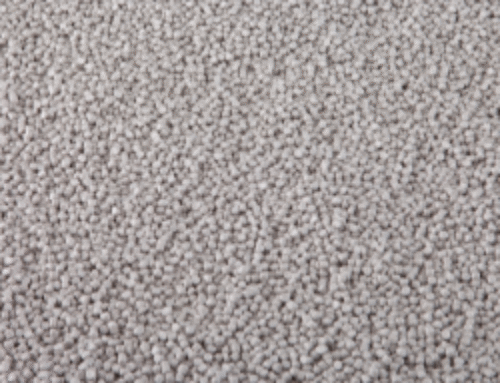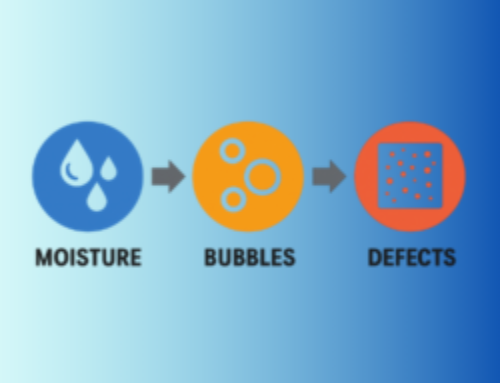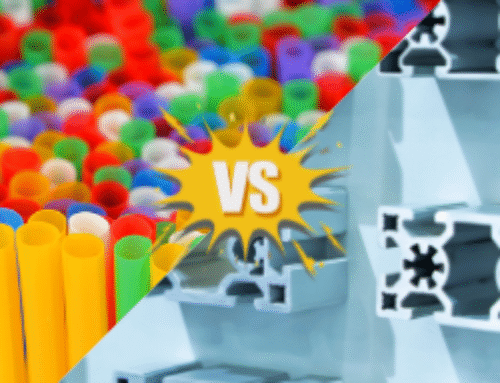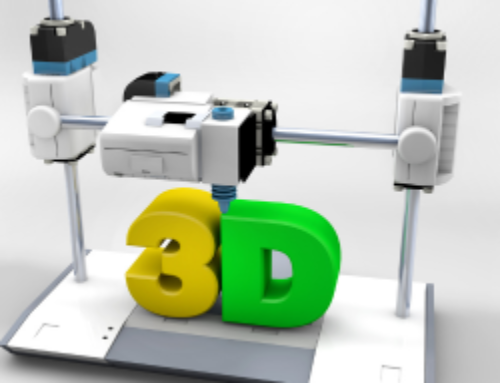Color is one of the first things people notice about a product—and in plastics, it’s about a lot more than just appearance. From branding and aesthetics to functionality and compliance, color plays a critical role in how plastic parts are perceived, used, and trusted. But how does plastic actually get its color? Let’s break it down.
The Basics: Colorants in Plastics
Color in plastics is achieved by adding colorants to the base resin. These colorants come in different forms, including:
-
Masterbatch: Concentrated pigments or dyes in a carrier resin, blended into raw plastic during processing.
-
Dry color blends: Pigments mixed directly into resin pellets or powders—more cost-effective but less consistent.
-
Liquid color: Pigments suspended in a liquid carrier—ideal for high-volume applications with very specific visual needs.
Each method has its pros and cons depending on the application, equipment, and volume. Masterbatch is most common in manufacturing because it offers a balance of consistency, cleanliness, and ease of use.
How Is the Color Chosen?
Color selection often starts with a Pantone or branded reference, but getting that color into plastic isn’t always straightforward. Unlike ink or paint, plastic has unique variables that can influence how a color appears, including:
-
Base resin type (e.g., polypropylene vs. nylon)
-
Processing method (injection, extrusion, blow molding, etc.)
-
Surface texture or finish
-
Additives (e.g., UV stabilizers, flame retardants)
-
Wall thickness of the part
Even lighting plays a role! That’s why color matching is a technical and iterative process—one that blends art and science.
Measuring Color: The Role of Delta E and X-Rite
To remove the subjectivity from color approval, many manufacturers use spectrophotometers (like those from X-Rite) to quantify color. These instruments calculate a Delta E value—a numerical representation of how close a sample is to the target color.
-
Lower Delta E values = better color match
-
A Delta E of 1.0 or less is usually imperceptible to the human eye
-
Tolerances are often set depending on brand or industry requirements
Using objective data helps eliminate costly guesswork and rework, especially in regulated industries or when consistency across multiple parts is critical.
From Color Lab to Production
Once the target color is matched, the compound is tested for performance and then scaled to production. At Precision Color Compounds, for example, we offer 72-hour color matching, small-lot production, and rapid lead times—because we know that waiting weeks for a sample isn’t always an option. Whether you’re prototyping a new part or running high-volume programs, getting the color right is key to getting the product right.
Color might seem simple—but in plastics, it’s anything but. From resin selection and processing conditions to measurement tools and quality control, achieving the right color is a carefully managed process. By understanding how plastic gets its color, manufacturers and designers can make smarter, faster decisions—and avoid costly delays or mismatches down the line.
Got a color challenge or need help turning your vision into a reality? Let’s talk—we’ll help you get it right the first time.






